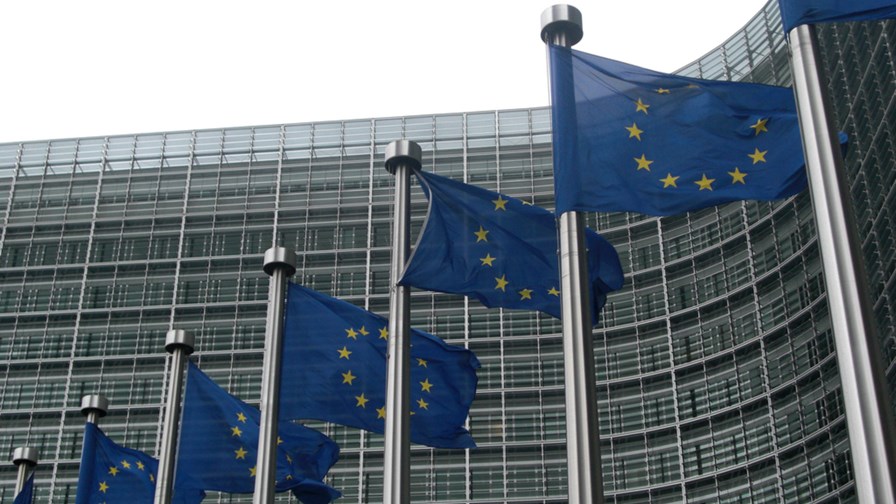The European Commission has laid down marks and measures for its digital policy

via Flickr © tiseb (CC BY 2.0)
- It presents a vision, targets and avenues for the successful digital transformation of the EU by 2030
- The aim is to transition towards a climate neutral, circular and resilient economy
- It proposes to agree a set of digital principles and to launch important multi-country projects to close gaps
The European Commission has set out its ‘vision thing’ for the digital transformation of the EU by 2030, all with the aim of making the 2020s the EUs digital decade. That has a nice ring to it, but what are the concrete policy moves?
Here’s the headline objectives, all seemingly being given equal prominence. According to the Commission’s positioning paper, its ambition is to make the EU digitally sovereign in an open and interconnected world, and to pursue digital policies that empower people and businesses to seize a human centred, sustainable and more prosperous digital future (so far, so frothy). This includes addressing vulnerabilities and dependencies as well as accelerating investment.``
So here are the 2030 goals in numbers and percentages:
Human capital: By 2030, at least 80% of adults should have basic digital skills, and there should be 20 million employed ICT specialists in the EU – plus more women should take up such jobs (it doesn’t set a goal for female participation)
Infrastructure: All EU households should have gigabit connectivity and all populated areas should be covered by 5G; plus, cutting-edge and sustainable semiconductors in Europe should be 20% of world production; there should be 10,000 climate neutral highly secure edge nodes deployed in the EU; and Europe should have its first quantum computer
Digital transformation in the private sector: Eighty per cent of all companies should be using cloud computing services, utilising big data and artificial intelligence, while more than 90% of SMEs should reach at least a basic level of digital intensity; and the number of EU unicorns should double;
Digital transformation for public services: All key public services would be available online (who defines ‘key’?); all citizens should have access to their e-medical records; and 80% should use an electronic ID.
Where things are falling down and progress isn’t what it should be, the Commission will organise multi-country projects which will combine investments from the EU budget, member states and other EU funding to right matters. Possible multi-country projects might include a pan-European interconnected data processing infrastructure or the design and deployment of the next generation of low power, trusted processors; or connected public administrations.
The Commission also proposes a set of citizen-centred digital principles such as access to high quality connectivity, to sufficient digital skills, to public services, to fair and non-discriminatory online services – and more generally, to ensure that the same rights that apply offline can be fully exercised online. The principles will build on and complement the European Pillar of Social Rights.
But the Commission and the EU generally is anxious to ensure there’s no nationalistic undertone to the agenda and says it will work to promote its positive and human-centred digital agenda within international organisations and through strong international digital partnerships. It points out that it has already proposed the establishment of a new EU-US Trade and Technology Council.
Email Newsletters
Sign up to receive TelecomTV's top news and videos, plus exclusive subscriber-only content direct to your inbox.




